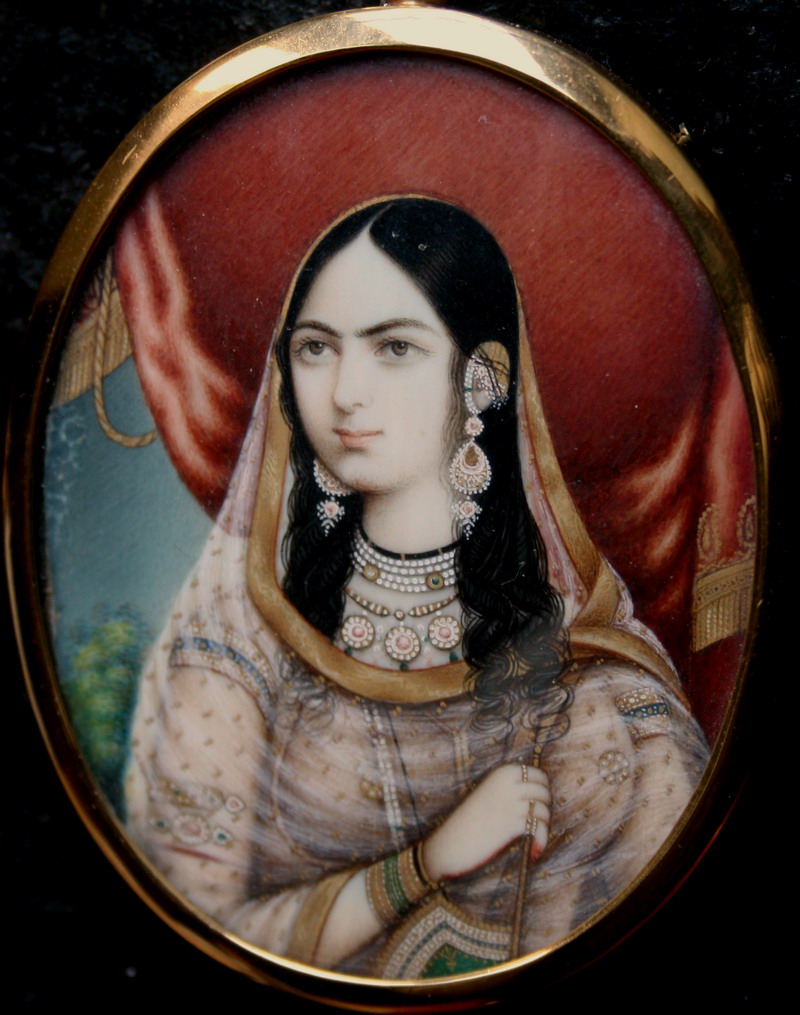

Exploring The Beauty Of The Mumtaz Mahal Image
The allure of the Mumtaz Mahal image captivates countless admirers around the globe. This stunning representation of a historical figure encapsulates the essence of love, beauty, and architectural brilliance. As the beloved wife of Mughal Emperor Shah Jahan, Mumtaz Mahal's legacy lives on not only through the grand Taj Mahal, which stands as a testament to their love but also through the myriad of images that depict her grace and elegance. Each Mumtaz Mahal image serves as a reminder of the deep emotional connection that inspired one of the world's most iconic monuments.
This article will delve into the life of Mumtaz Mahal, providing insights into her biography, personal details, and the significance of the images that celebrate her legacy. We will explore the historical context surrounding her life, the artistic representations of her, and the enduring impact of these images on culture and art. Join us as we embark on a journey to uncover the rich tapestry woven by the life and times of Mumtaz Mahal, through the lens of art and photography.
From the lavish courts of the Mughal Empire to the serene gardens of the Taj Mahal, the Mumtaz Mahal image has become a symbol of eternal love. This article will also address common questions surrounding her legacy, the representations of her in various art forms, and how these images are perceived in modern times.
Who Was Mumtaz Mahal?
Mumtaz Mahal, originally named Arjumand Banu Begum, was born on April 27, 1593. She was the daughter of Abdul Hasan Asaf Khan, a noble of the Mughal court. Here are some key details about her life:
| Full Name | Arjumand Banu Begum |
| Date of Birth | April 27, 1593 |
| Spouse | Shah Jahan |
| Children | 14 (including Dara Shikoh and Aurangzeb) |
| Date of Death | June 17, 1631 |
| Burial Place | Taj Mahal, Agra, India |
What Is the Significance of the Mumtaz Mahal Image?
The Mumtaz Mahal image represents more than just a portrait of a historical figure; it symbolizes the profound love between Mumtaz Mahal and Shah Jahan. After her untimely death during childbirth, Shah Jahan was so heartbroken that he vowed to create a monument in her honor. The Taj Mahal, often referred to as a "teardrop on the cheek of time," is a masterpiece that embodies their love story. The Mumtaz Mahal image serves as a reminder of this love, capturing her beauty and grace in a way that transcends time.
How Has the Mumtaz Mahal Image Evolved Over Time?
Throughout history, the Mumtaz Mahal image has taken various forms, from paintings to sculptures to digital art. Early representations were often idealized, showcasing her as the epitome of beauty and virtue. With the advent of photography in the 19th century, more realistic depictions emerged, allowing people to connect with her on a more personal level. Today, artists continue to reinterpret her image, blending traditional and contemporary styles, and ensuring that her legacy remains relevant.
What Are Some Iconic Images of Mumtaz Mahal?
- The Taj Mahal: The most iconic representation of Mumtaz Mahal, the Taj Mahal is a UNESCO World Heritage Site and draws millions of visitors each year.
- Historical Paintings: Numerous Mughal-era paintings depict Mumtaz Mahal, showcasing her attire and cultural significance.
- Modern Interpretations: Contemporary artists and photographers have created innovative representations that reflect Mumtaz Mahal's enduring legacy.
How Do Artists Portray Mumtaz Mahal in Their Work?
Artists portray Mumtaz Mahal in various ways, often emphasizing her beauty, grace, and the love she inspired. Some common themes include:
- Elegance: Artists often depict her in flowing garments adorned with intricate designs, showcasing the fashion of the Mughal era.
- Regality: Many images highlight her status as a queen, capturing her poise and dignity.
- Emotion: Artists convey the deep emotional connection between Mumtaz Mahal and Shah Jahan, often portraying intimate moments between the two.
What Role Does the Mumtaz Mahal Image Play in Modern Culture?
The Mumtaz Mahal image continues to hold significant cultural relevance today. It serves as a source of inspiration for artists, filmmakers, and writers, who draw upon her story to explore themes of love, loss, and legacy. Additionally, the Mumtaz Mahal image plays a crucial role in tourism, as the Taj Mahal attracts millions of visitors who seek to experience the beauty and romance associated with her life.
Can We Find the Mumtaz Mahal Image in Popular Media?
Yes, the Mumtaz Mahal image has found its way into various forms of popular media, including:
- Films: Several Bollywood films have depicted the love story of Shah Jahan and Mumtaz Mahal, showcasing her beauty and the grandeur of the Taj Mahal.
- Literature: Books and poems have been written about their romance, often featuring vivid descriptions of Mumtaz Mahal and the Taj Mahal.
- Art Exhibitions: Museums and galleries often showcase artworks inspired by Mumtaz Mahal, celebrating her legacy through artistic expression.
In conclusion, the Mumtaz Mahal image is a powerful representation of love, beauty, and cultural heritage. As we continue to explore her life and legacy, we find that her story transcends time, inspiring generations to appreciate the beauty of love and the arts. Whether through paintings, photography, or the iconic Taj Mahal, the Mumtaz Mahal image remains an enduring symbol of devotion and elegance.
Exploring The Intricacies Of 4low: A Unique Perspective
Discover Affordable Comfort At Budget Inn Brooksville FL
Discovering The Historic Charm Of Town Hall Delhi


